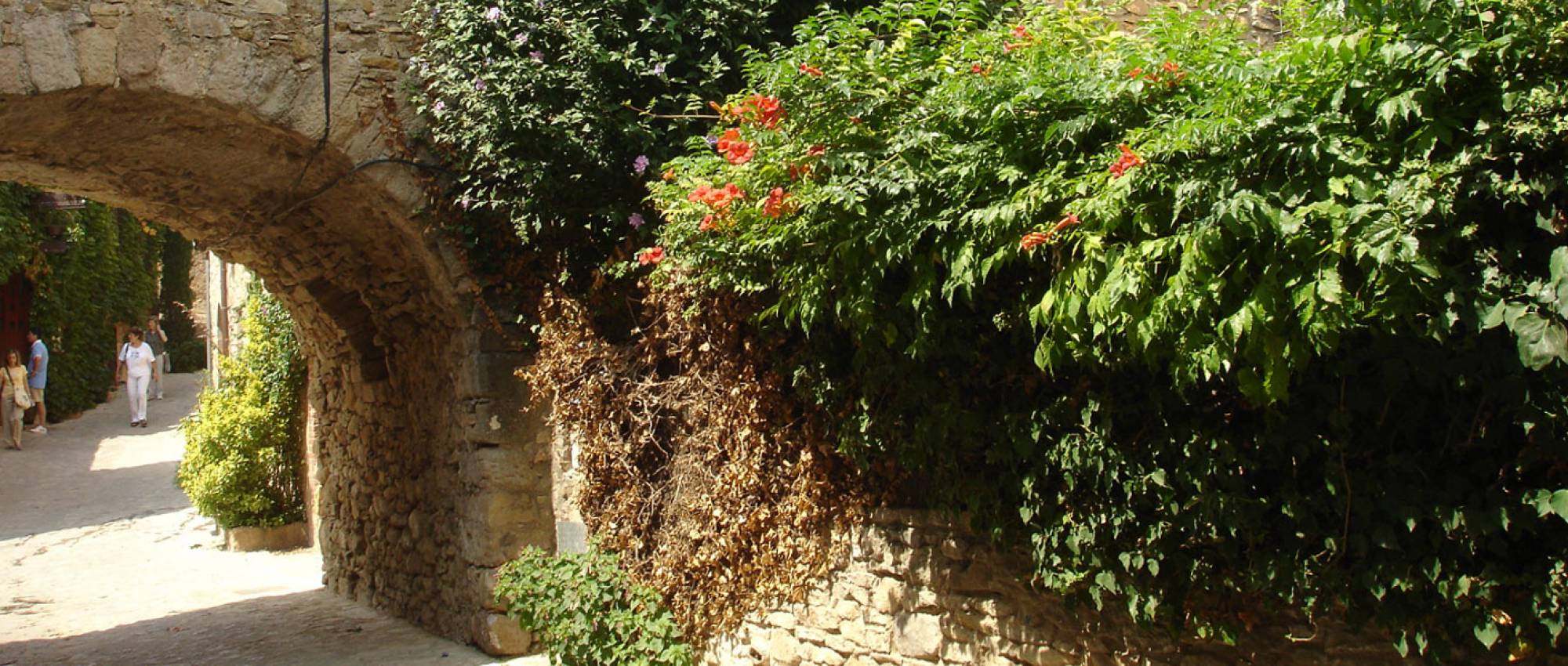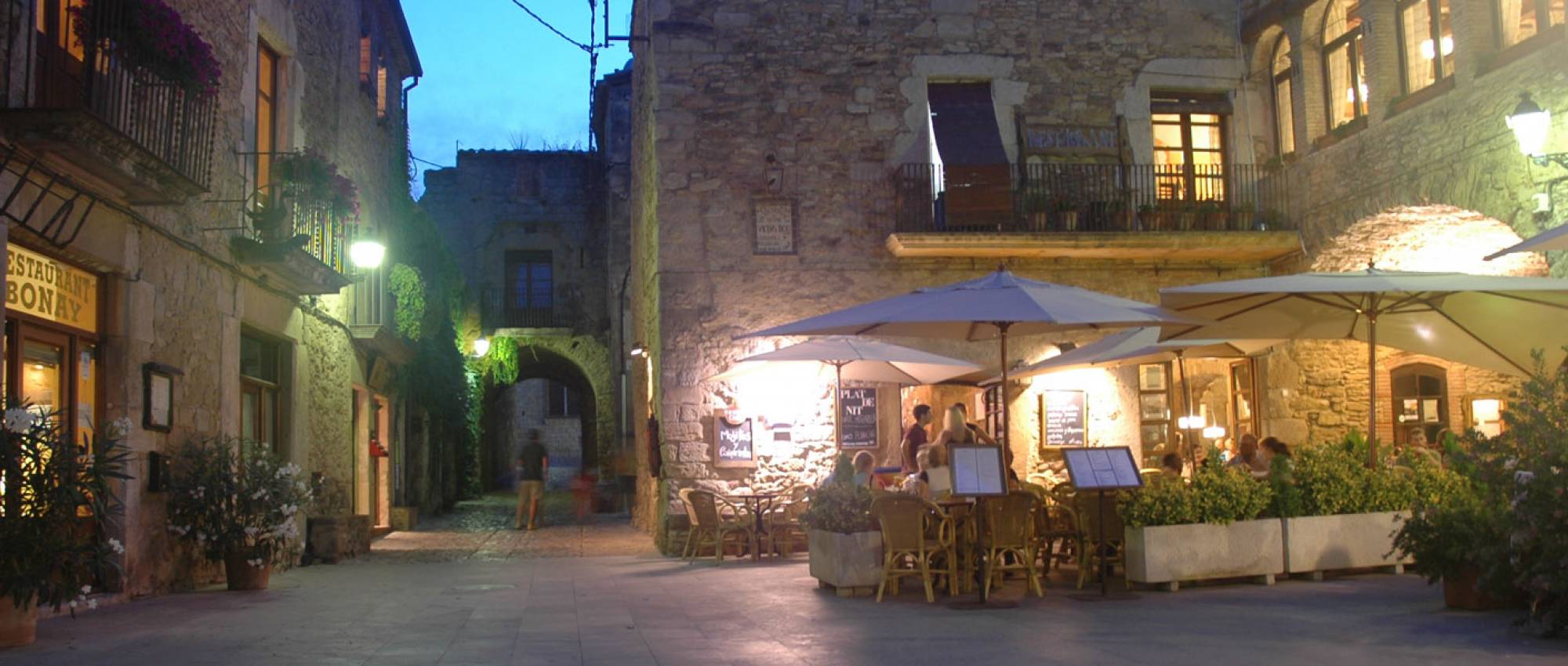Medieval village of Peratallada History between the walls
 Medieval village of Peratallada. Mutari / Wikimedia Commons. Public Domain
Medieval village of Peratallada. Mutari / Wikimedia Commons. Public Domain
 Medieval village of Peratallada. Josep Renalias / Wikimedia Commons. CC BY-SA 3.0
Medieval village of Peratallada. Josep Renalias / Wikimedia Commons. CC BY-SA 3.0
Little has changed in the urban morphology of Peratallada since medieval times. And not only has it not expanded beyond the city walls, but it has managed to preserve its architectural and urban origins as can be appreciated when walking through its narrow and winding streets. Not for nothing is it one of the most important town centres of Catalonia in terms of medieval architecture.
The fortified town is concentrated on top of a huge natural sandstone rock, artificially carved to give height (hence the name “pedra tallada” or "carved stone"). At the top, we find the Castle (11th century, but with signs that there might have been an earlier structure), with its Keep Tower and Palace.
A wall that formed the first enclosed area extends around the Castle, which was surrounded by two further walls. Of this defensive system, some of the walls, the valleys dug into the rock, towers such as the Torre de les Hores (Clocktower) and the Portal de la Verge (Gateway of the Virgin) still survive. The town was therefore divided into three sections between the walls, which accentuate the network of passageways and alleys.
About 200 metres to the north, outside the walls, is the parish church of Sant Esteve, dating from the late Romanesque period.
Plan your visit
What can I do?
On the first weekend in October, the streets of the old town centre return to the past with the Peratallada Medieval Fair.